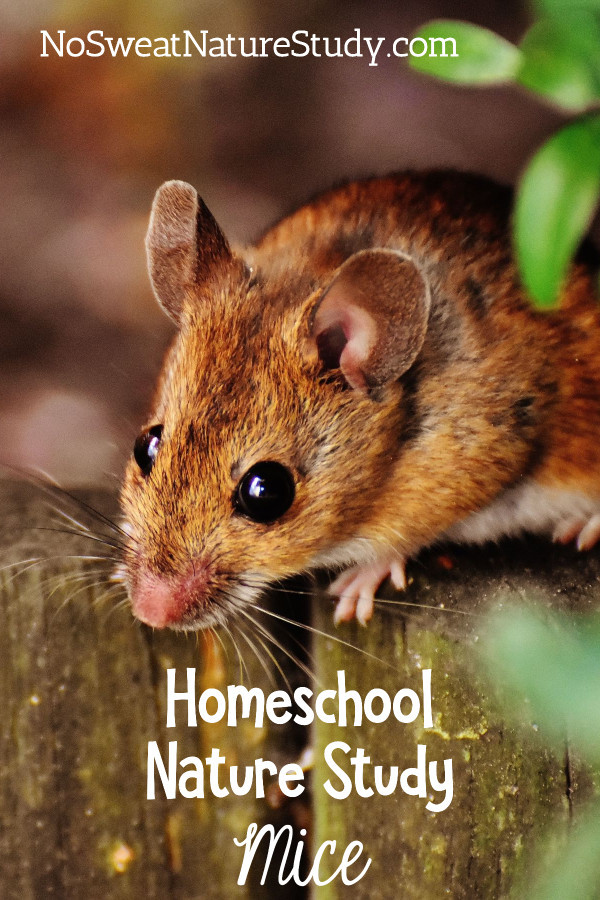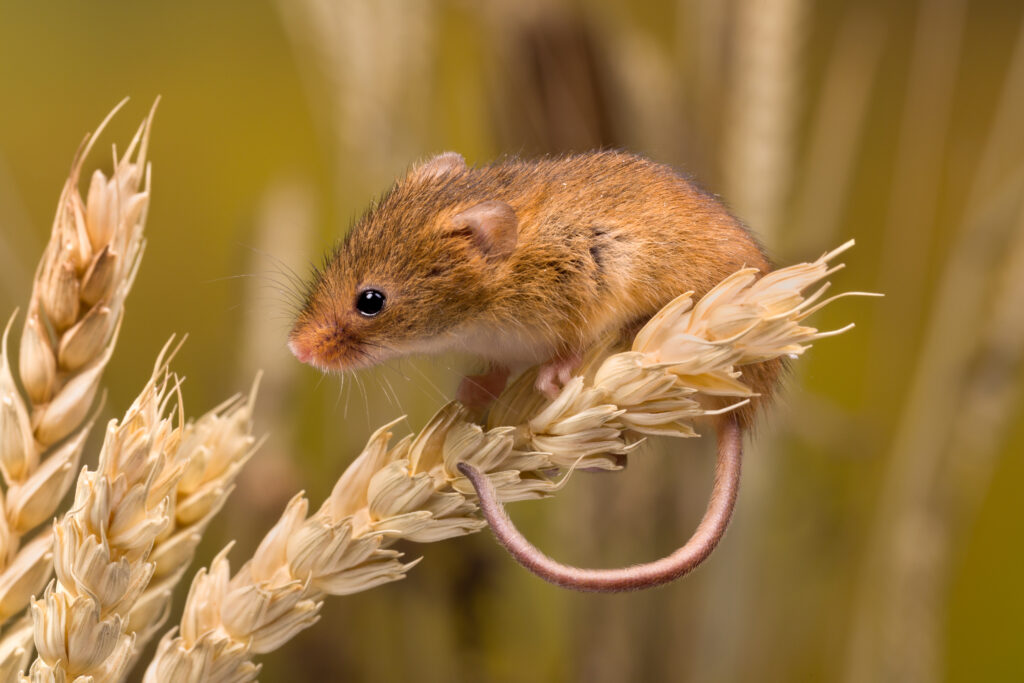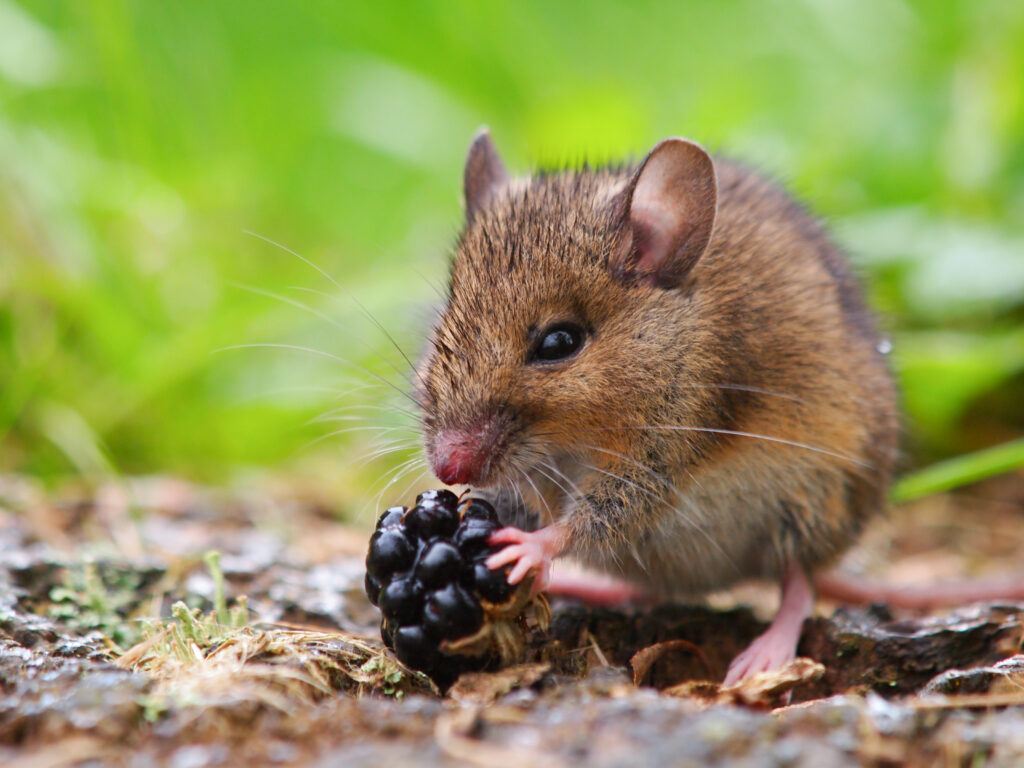Mouse Nature Study for Homeschoolers
Who’s ready for a mouse nature study? I have a feeling that not everyone raised their hand to that question. Love them or loathe them, mice are the topic of this furry, little lesson.
It’s amazing how much reaction a tiny mouse can get from a large human. I think it’s probably less about how fierce they are and more about how they wander into our homes to make cozy nests without asking or paying rent!

This post contains affiliate links.
Mouse Nature Study
As unwelcomed residents who do most of their business in the nocturnal hours, mice tend to be one of those animals that people don’t like. However, folks who own mice as pets will tell you that there’s a lot more to like than you might think!
It’s true that mice living as vagabonds in our homes, garages, or sheds can be dirty and destructive as they gnaw through important things and leave droppings all over the place. But, in their natural, outdoor habitat some mice can be quite helpful for insect control as they eat insects and their eggs and larvae, as well as spiders and centipedes. Additionally, in that outdoor habitat mice make wonderful food for predators of all sorts like cats, snakes, owls, and weasels.

In this homeschool nature study podcast episode, you’ll learn about common mouse habitats in the wild and in our homes. You’ll also learn about them as predators and prey and find out about their agility and intelligence as defensive mechanisms!
Mouse Nature Walk Challenge
Be prepared for the small mammal nature walk challenge that you’ll hear about in the podcast by gathering two easy supplies:
- nature journal or blank, white paper
- colored pencils

Mouse Video Class
This podcast episode has a corresponding video class that you can find in the No Sweat Nature Study LIVE membership. In the 45-minute to hour-long class with Mrs. Cindy, you’ll learn why mice are mammals, see some common habitats, and learn where mice fit in various food chains. You’ll also create a nature journal sketch of a mouse and label its external anatomy while learning about the functions of each part.
This class for 1st-8th graders is meant to go much deeper about the topic of mice. We learn significant science and scientific vocabulary through the lens of nature study, and have fun at the same time!

Nature Walk Curriculum
Mice are mammals. The Animal Life Cycles curriculum includes a study of the life cycle of mammals, as well as several other types of animals. You’ll find eight easy-to-use and versatile lessons in this guide. Use it as a themed science study or in small chunks as a morning time resource.
Mice also tend to sneak indoors as they prepare to stay warm through the cold winter months. Focus on the ways animals prepare for and survive winter in the Coping with the Cold curriculum. This guide is part of the NaturExplorers series which includes ideas for nature walks (some with printable nature journaling pages), hands-on activities, kid-friendly research-based projects, literature lists, and connections to poetry, music, and artists.
-
 Animal Life Cycles$20.00
Animal Life Cycles$20.00 -
 Coping with the Cold$28.00
Coping with the Cold$28.00
Links and Resources
The following supplies can help you to learn more about mice and mammals in general. You don’t need all of the field guides suggested. One or two will do.
Please leave a rating or a review on your podcast app! It helps the podcast to show up for more people…which means more families can enjoy science through the wonderful lens of nature study! Thank you!
Would you like to record a voicemail to answer this season’s nature study question?
At the end of each No Sweat Nature Study Podcast episode, Mrs. Cindy includes messages from a few of her friends. You have the opportunity to record a message that she might use on an upcoming episode!
All children must have their parent’s permission before leaving a recording. Parents are welcome to record an answer, too!
Each season, there will be a different question to answer. You can see this season’s question below. Think about your answer first and then follow these simple directions:
- Click the button that says “start recording”.
- Tell me your first name. (If you want to tell your age and/or where you live, feel free to do that, too.)
- You will have 60 seconds to answer the question, but try to be concise.
- Push the play button to listen to your recording before sending it to be sure it is recorded properly. If not, simply record it again.









